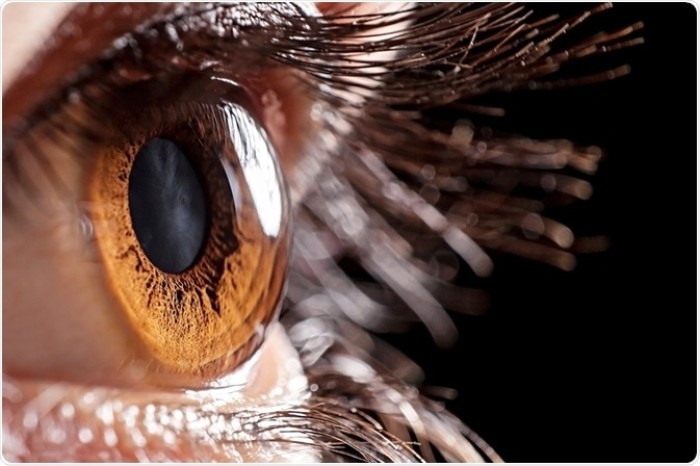
Diseases of the anterior section of the eye and cornea and infectious eye diseases are the focus of the cornea and external disease service, along with general ophthalmic care and screening for eye complications of systemic diseases and contact lens wear.
Adult and pediatric evaluation and consultation are facilitated by advanced diagnostic options and treatment modalities. They include corneal transplant ion, anterior segment reconstruction, intraocular lens implantation, cataract extraction, and excimer laser phototherapeutic procedures.
Common cornea conditions include:
Some trauma, including projectile foreign bodies, lacerations and blunt trauma can cause scarring that clouds the cornea. Hereditary conditions including degenerations and dystrophies may also cloud the cornea. The most common hereditary condition seen in young people is keratoconus, a condition in which the cornea assumes a cone shape. This is common in children with Down’s syndrome and in people with allergic conjunctivitis. These patients may be able to use contact lenses or glasses for a period of time, but may eventually develop scarring and high astigmatism that cannot be corrected without corneal transplantation.
Occasionally, it may become necessary to perform a corneal transplant following cataract surgery, if bullous keratopathy occurs. Bullous keratopathy is a condition where the endothelial cells on the back of the cornea decrease in number after cataract surgery. However, this is less common today because of new techniques and improved lens design.